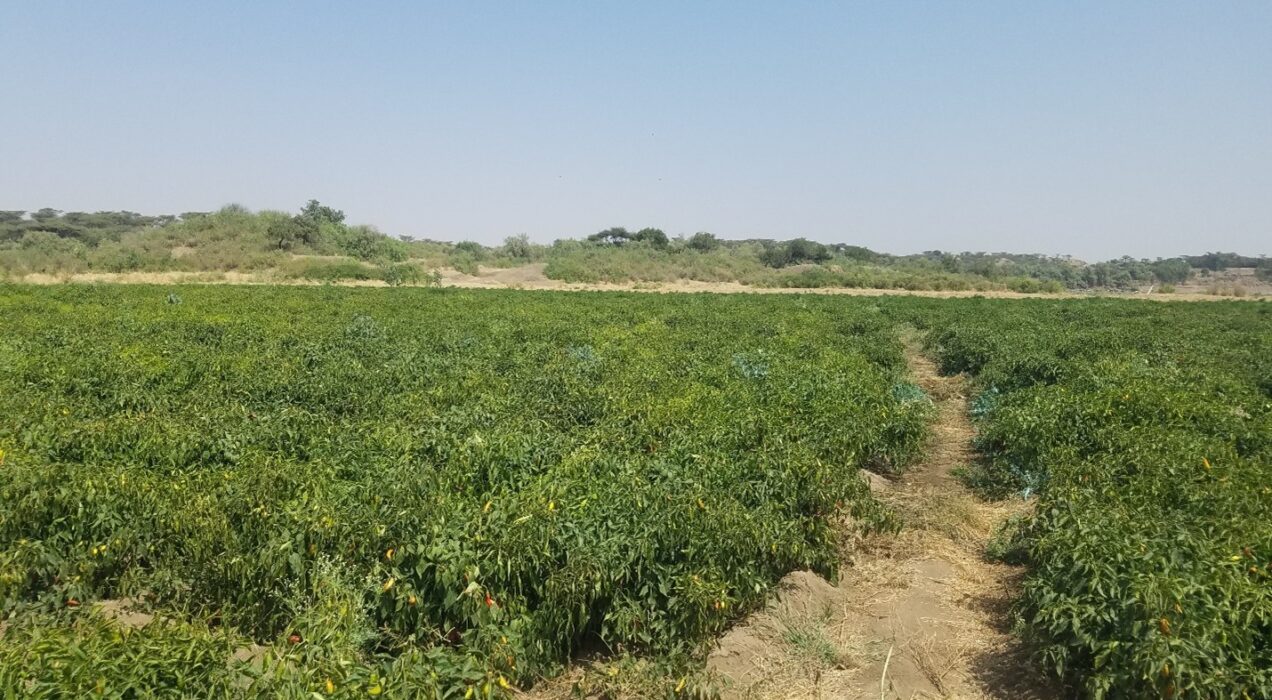
A conversation with Bimla Kujur: The Samvidhan Saathi
By Vinitika Lal (PRADAN), Arpan Mondal (MetaMeta Research), Meghna Mukherjee (MetaMeta Research), and Iqra Khan (PRADAN) Meet Bimla Kujur. Bimla … Continued


By Vinitika Lal (PRADAN), Arpan Mondal (MetaMeta Research), Meghna Mukherjee (MetaMeta Research), and Iqra Khan (PRADAN) Meet Bimla Kujur. Bimla … Continued

By Meghna Mukherjee (MetaMeta), Ishan Agarwal (FES), Saheb Bhattacharya (PRADAN) … Continued

By Enabel – Belgian Development Agency Rural communities’ access to schools, hospitals, markets and jobs depends on dangerous river crossings. … Continued

Frank van Steenbergen, Popi Michelogiannaki and Mohammed Umar Karim Drainage: roads disrupt Floods are not only about excessive rainfall: they … Continued

Frank van Steenbergen, Popi Michelogiannaki and Mohammed Umar Karim … Continued

By Meghna Mukherjee A green transition is underway in the Indian agricultural system…Policymakers and practitioners have been promoting different approaches … Continued

By Jan Nederstigt In arid zones of Africa, smallholder farmers increasingly face problems with cultivation of rainfed staple crops. Irregular … Continued

By Mohammed Salah, Allah Bakhsh, Amjad Rasheed and Frank van Steenbergen What used to be a field is gone now. … Continued

Postcard from Valencia in Spain, the beautiful historical city yet surrounded with huge non-descript outskirts. This post card is sent … Continued

By Anushree Mitra In Jharkhand there is a common belief related to ploughing and tilling of the land that if … Continued

Marijn van der Meer (MetaMeta), Femke van Woesik (MetaMeta), Nitesh Dhiman (PRADAN), Shubham Jain (MetaMeta), Lalit Kumar Nirmalkar (PRADAN), Laxmi … Continued

More than a third of Pakistan is under water since mid-June. The floods have left 1500 dead; more than 13,000 … Continued